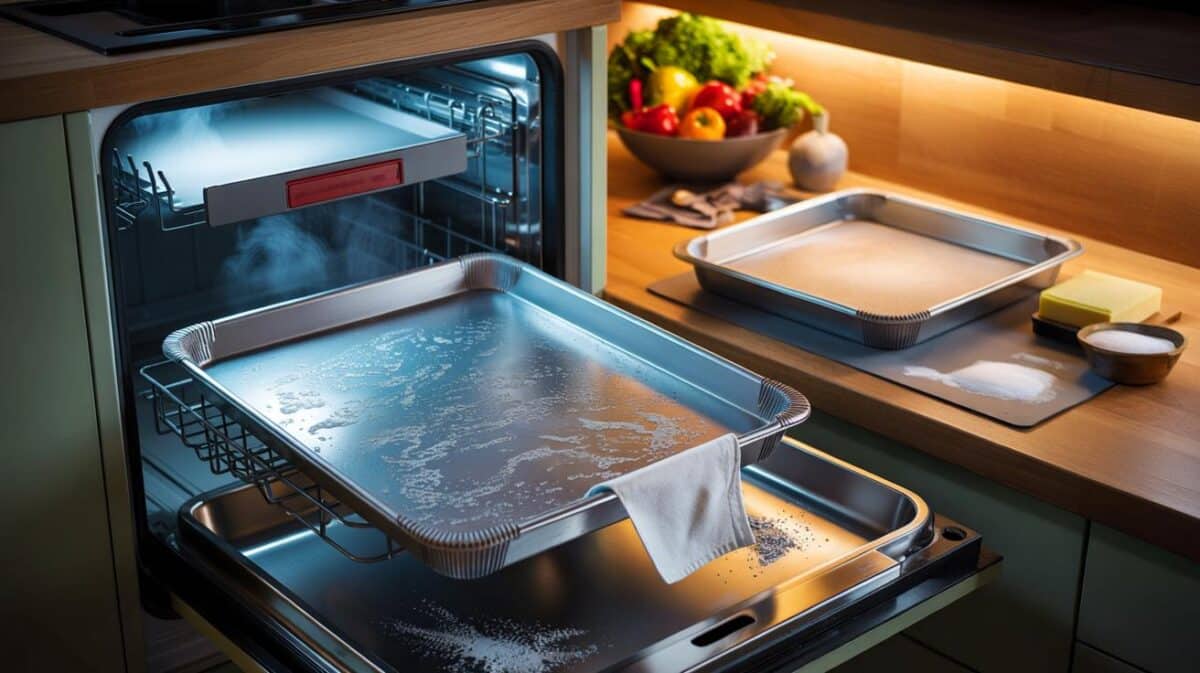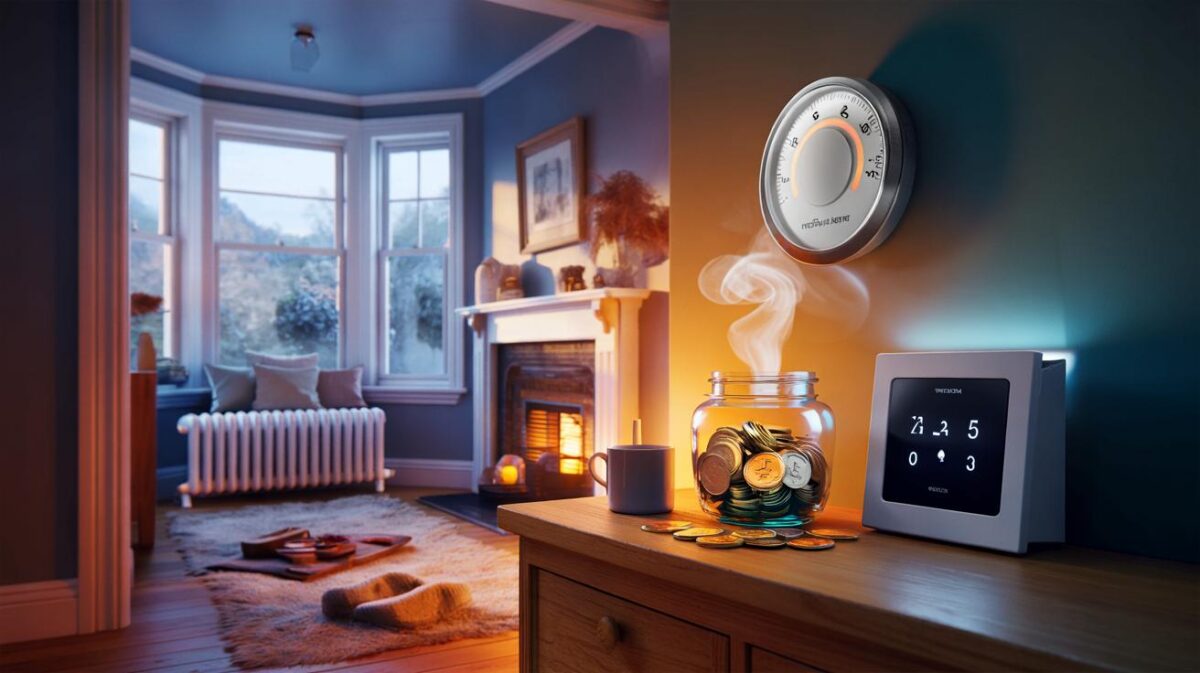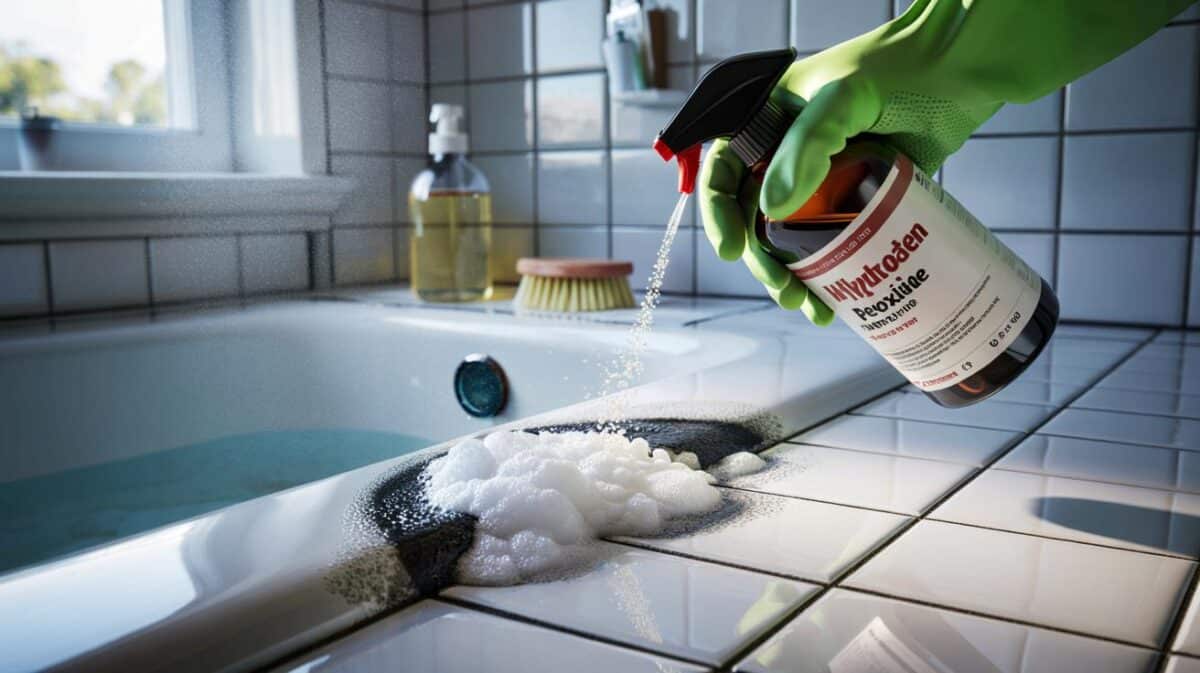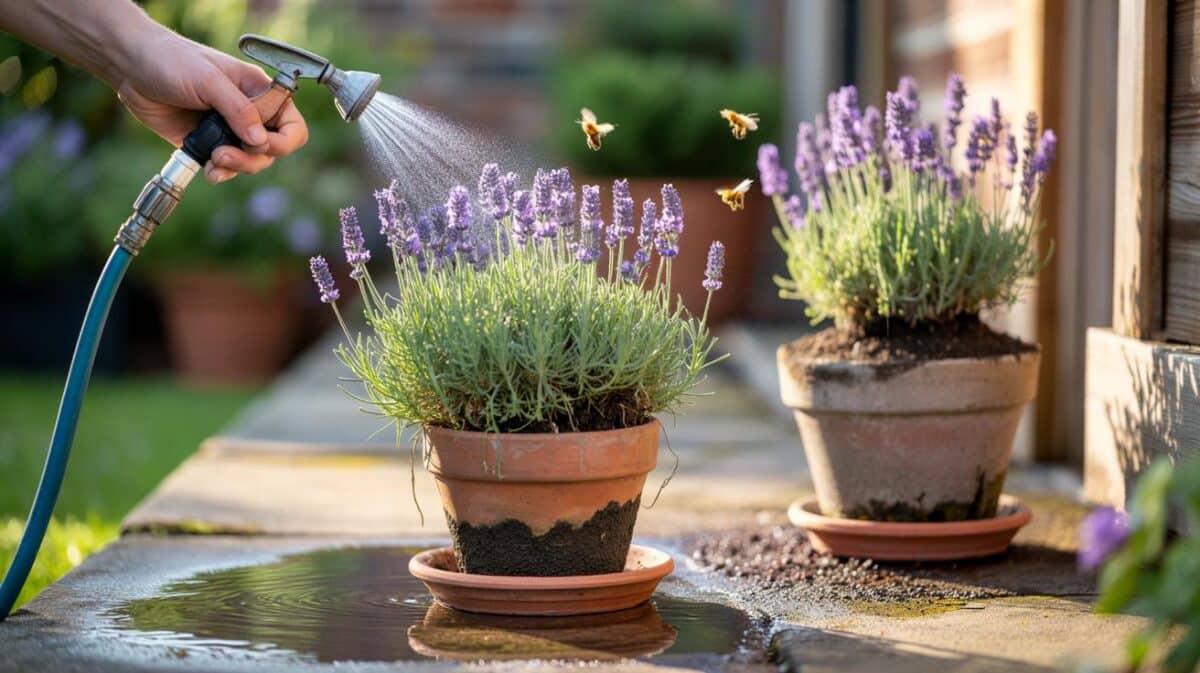Most nights it does. Yet across Britain, people are waking to scuffed paint near the latch, a faint smear on the brass, or a story from a neighbour about someone trying handles up the street. There’s a tiny, almost silly fix doing the rounds: a strip of aluminium foil around your door handle before bed. It looks odd. It costs pennies. And it just might keep you from a nasty surprise.
At half two in the morning, the house sounded like it always does — boiler ticking, foxes skittering, the fridge sighing every so often. I was drifting when a small rasp broke the pattern, the crisp whisper of metal against metal, then a delicate crunch. Not loud, not panic-loud, but enough to peel me out of that heavy, warm sleep and sit me bolt upright. The hallway was dark. The door looked exactly the same. The handle had a new crease and a tiny tear. *I heard it before I believed it.*
Foil on a handle: a low-tech alarm for a high-stress worry
Here’s the idea in its simplest form: wrap a strip of aluminium foil loosely around your front door handle at night. Not wrapped tight like a clingy parcel, but puffed and crinkled so it’s sensitive to movement. When a hand fiddles with the handle — even just a jiggle — the foil crushes and crackles. Sound travels. Your dog stirs. You stir. It’s a nudge to wakefulness when seconds matter.
Think of the late shift nurse in Leeds who told me she started doing it after a run of “handle tries” on her street. The first week, nothing. The second week, a faint crumple at 3am; her motion light pinged on outside, and whoever was there backed off. She laughed at herself that morning, because honestly, who puts kitchen foil on a handle? Yet the foil wore the proof: a dent, a smear, a clear sign that someone had a go. We’ve all had that moment when you just want something, anything, to tip you off in time.
There’s logic behind it. Aluminium foil is light and noisy when disturbed, which makes it handy for a quick, makeshift alert. Wrap it in a “bell” shape and it acts like a tiny, disposable sensor. It’s also tamper-evident: once crushed, it stays crushed, so you’ll know if your handle saw action while you slept. And because it catches grease and moisture, you may spot a print or mark you’d otherwise miss. It’s not cinematic. It’s not foolproof. It’s just a small, audible edge in the dead of night.
How to do it, so it actually works
Cut a strip the width of your palm and twice the length of your handle. Puff it gently as you wrap, leaving a soft bulb at the front where a hand would grab. Twist a tiny “tail” that kisses the door surface; that tail helps transmit vibration into noise. If you’ve got a lever handle, cap the tip with an extra patch of foil so it crunches at the slightest turn. For round knobs, let the foil sit loose like a delicate shell rather than a tight skin.
Keep it simple. Too tight and it’ll be silent; too loose and it’ll flutter with every draught. Aim for a fit that keeps its shape but yields with a touch. Some people hang a single key on a thin thread behind the foil, so a jiggle taps the door and adds a ping. It looks ridiculous in daylight. It sounds like nothing in a video. In a quiet hallway at 2am, it’s a very different thing. Let’s be honest: nobody actually does this every day. On nights when you feel uneasy, it’s a decent, two-minute ritual.
Big caveat time. This is a nudge, not a fortress. Pair it with good habits: lock the door properly, lift the handle if you’ve got a multipoint system, and use your night latch. If your door or handle has a delicate finish, test a small patch first to avoid scuffs. If you’re ill or caring for someone at home, foil can also serve as a disposable touch barrier for a night, then straight in the bin. It’s a low-cost, zero-tech layer you control. Not a magic shield, just a little friction for anyone who shouldn’t be there.
“I tell residents: think in layers. Light, locks, and a little noise. Foil on a handle is noise you can hear from bed,” says PC Dave Hobson, a neighbourhood policing officer in West Yorkshire.
- Do use it on the nights you feel on edge.
- Don’t rely on foil instead of locking up.
- Combine with a light on a timer and a tidy doorway.
- Swap the foil daily to keep it crisp and audible.
Beyond the crinkle: when the foil trick earns its keep
There’s a right-now usefulness that goes beyond security. If you’re painting or sanding a frame, foil is brilliant for masking handles in seconds, no tape needed. If you’ve got a curious cat or toddler who loves the shiny lever to the garden, a crisp foil wrap can act as a deterrent — they don’t like the feel or the sound, and they often back off. In flu season, a clean wrap on the inside handle for a night can cut down on repeated touches before bed. Small things add up. It’s not a replacement for proper locks and alarms, and a serious system will always do more. Still, there’s something lovely about a humble sheet from the kitchen drawer that buys you attention when you need it most.
| Point clé | Détail | Intérêt pour le lecteur |
|---|---|---|
| Foil as a “noise shell” | Loose wrap with a puffed front and a tiny tail touching the door | Creates a quick, audible cue if the handle is tested at night |
| Tamper-evident layer | Crushed foil shows dents, smears, and disturbed shape | Gives you a morning check without cameras or apps |
| Works with other habits | Pair with proper locks, lighting, and tidy entrances | Strengthens overall security without extra cost |
FAQ :
- Does foil on a handle really stop a break-in?It won’t stop a determined intruder. It’s a small alert and deterrent that can make an opportunist move on.
- Should I put the foil inside or outside?Inside, where you can hear it. A loose wrap inside your hallway carries sound better to where you sleep.
- Will it damage my handle or door?Foil itself is gentle, yet grit can scratch. Wipe the handle first and avoid leaving foil on for days.
- What if I have pets or kids?The noise can startle them at first. Many cats dislike the texture and leave handles alone, which can be handy.
- Isn’t a proper alarm better?Of course. Think of foil as a quick extra layer, not a stand-in for locks, sensors, or good lighting.









